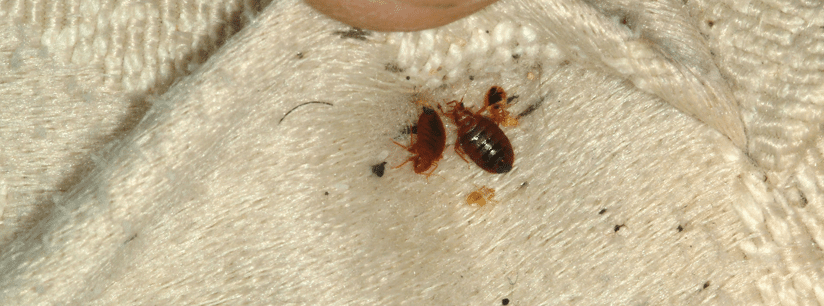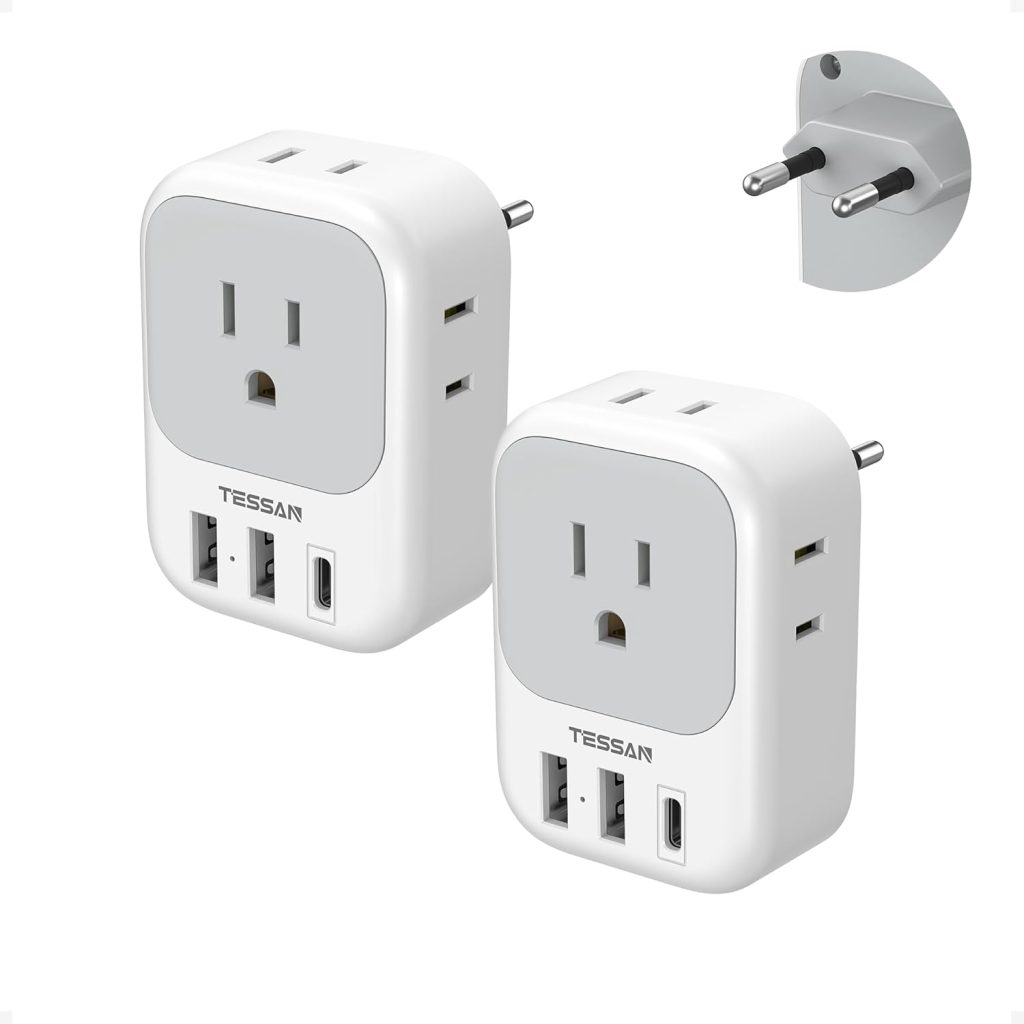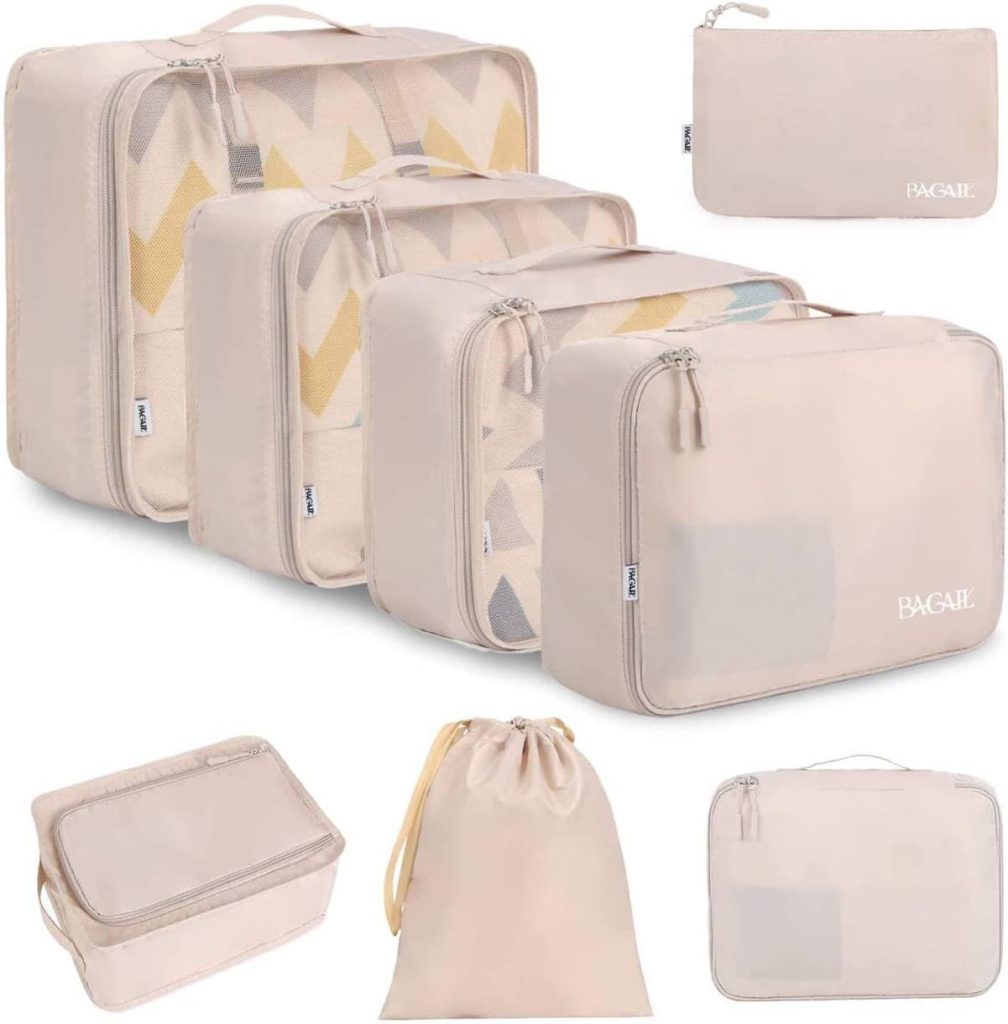Welcome to InvestingTravels.com, where we not only explore the world but also ensure your travels are comfortable and bug-free. In this guide, we’ll delve into the essential task of inspecting for bedbugs. These unwanted guests can disrupt your peaceful slumber, whether you’re in a hotel room, vacation rental, or even your own home. Let’s uncover the secrets of detecting and preventing bedbug infestations.
Section 1: Understanding the Bedbug Menace
What Are Bed bugs and Why Are They a Concern?
Bedbugs (Cimex lectularius) are tiny, blood-sucking insects that feed on humans and animals during sleep. They are a concern because their bites can lead to itching, allergic reactions, and sleep disturbances. Moreover, bedbug infestations can spread rapidly if left unchecked.
To better understand these pests, it’s essential to know their physical characteristics and habits. For detailed information, check out our article on “Bedbug Biology and Behavior.”
Signs of a Bedbug Infestation
Identifying Common Bedbug Signs
To effectively inspect for bedbugs, you must be able to identify the signs of an infestation. Look for the following indicators:
1. **Bite Marks**: Small, itchy, red welts on your skin, typically in a clustered pattern, are a common sign of bedbug bites.
2. **Blood Stains**: Tiny bloodstains on your bedsheets or pillowcases may result from accidentally squashing a bedbug while you sleep.
3. **Exoskeletons**: Bedbugs shed their exoskeletons as they grow. Finding these translucent shells in crevices or seams is a clear sign of infestation.
4. **Fecal Stains**: Small, dark fecal spots on your mattress, bedding, or nearby furniture are a strong indicator of bedbugs.
5. **Musty Odor**: Some people describe the odor of a bedbug infestation as sweet or musty. If you detect an unusual smell, investigate further.
Where to Inspect
Target Areas for Bedbug Inspection
Now that you know what to look for, let’s explore where you should concentrate your inspection efforts:
1. **Bed and Bedding**: Begin with the bed itself. Remove sheets, pillowcases, and mattress covers for a thorough check. Pay close attention to seams, creases, and tufts.
2. **Furniture**: Inspect any nearby furniture, especially upholstered pieces, as bedbugs often hide in the seams and cracks.
3. **Walls and Wall Decorations**: Examine wall hangings, mirrors, and picture frames, as bedbugs can hide behind them.
4. **Electrical Outlets and Switches**: Bedbugs can also squeeze into these tiny openings. Use a flashlight for a detailed look.
5. **Clothing and Luggage**: If you’ve recently traveled or suspect an infestation, inspect your clothing and luggage.

The Bedbug Inspection Process
Step-by-Step Bedbug Inspection
Now that you’ve identified the key areas, follow these steps for a thorough bedbug inspection:
1. **Gather Your Tools**: Equip yourself with a flashlight, magnifying glass, and a credit card or thin, flat object to help with inspections.
2. **Begin with Bedding**: Start by checking your mattress, especially seams, creases, and tags. Look for any signs of bedbugs or their exoskeletons.
3. **Inspect Furniture**: Move on to nearby furniture. Examine seams, crevices, and any upholstery carefully.
4. **Check Cracks and Crevices**: Use the credit card or flat object to gently probe into cracks and crevices. Bedbugs love to hide in tight spaces.
5. **Examine Wall Decor**: Inspect wall decorations and behind them, paying attention to corners and edges.
6. **Electrical Outlets**: Carefully remove outlet covers and inspect the inside for any signs of bedbugs.
7. **Repeat Regularly**: Make bedbug inspections a routine, especially after traveling or having guests over.
Conclusion:
In conclusion, knowing how to inspect for bedbugs is crucial for maintaining a pest-free living space, whether you’re at home or on the road. Early detection is key to preventing a full-blown infestation. By following the steps outlined in this guide and remaining vigilant, you can sleep soundly and enjoy your travels without worrying about these unwanted pests.
Remember, while inspecting for bedbugs, it’s equally important to take preventive measures, such as using mattress encasements and practicing good hygiene.







